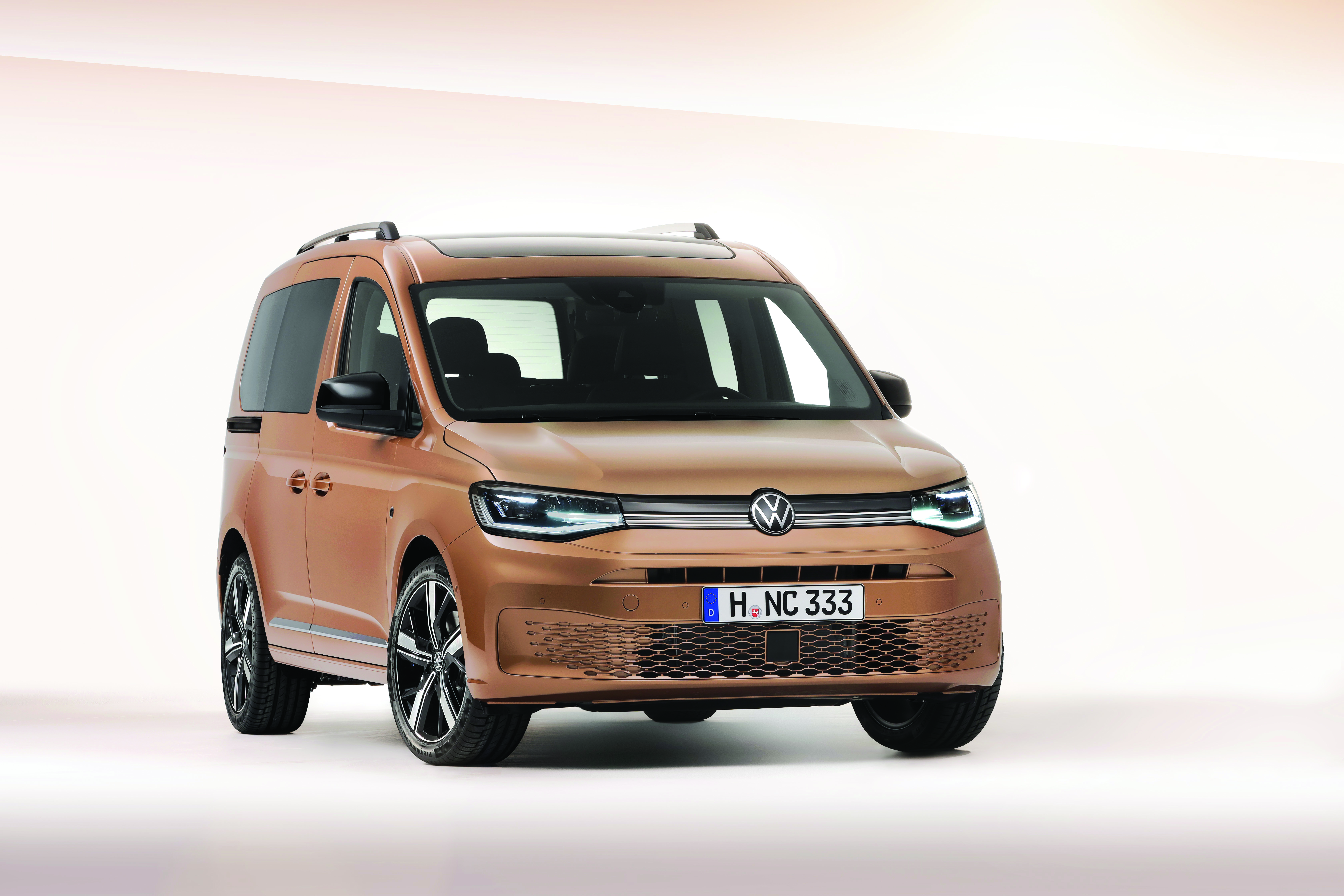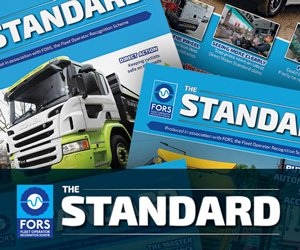
The new van is larger and more efficient than the existing model. It borrows technology from the latest VW Group cars and is the first commercial vehicle to be based on the brand’s MQB platform.
A sportier look is achieved through more pronounced body lines and a lower roofline – something VW teased when it released images of the concept van last year.
The styling also helps with aerodynamics, contributing towards a 12% reduction in fuel consumption.
“With its significant increase in space, absolute perfection in detail, new technologies and a new design dynamic, the new Caddy is making a huge leap forward,” says Sedran, VWCV CEO. “This gives it the potential to grow Volkswagen Commercial Vehicles’ share in the so-called A segment of the market for urban delivery vans and compact MPVs all around the globe,” explains Heinz-Jürgen Löw, member of the board of management for sales and marketing.
As with the previous model, the new Caddy comes in two sizes: short-wheelbase Caddy and long-wheelbase Caddy Maxi. There is only a single roof height.
The Caddy is now 4,501mm long, 1,855mm wide and 1,797mm high – that’s 93mm longer, 62mm wider and 25mm lower than before.
The wheelbase grows 73mm to 2,755mm, which should provide a more comfortable ride as well greater load space.
Despite the height reduction, interior loading height actually increases – as does the width between the wheel arches. As a result, the load space is bigger.
Dimensions for the Caddy Maxi haven’t been revealed but VW says it will now take two Euro pallets loaded sideways, a feat that’s also made possible by the increased size of the sliding side loading door.
Payload has not been confirmed yet but it’s likely the new Caddy will offer a similar 800Kg to the old model.
Engine line-up
The engine line-up consists of a 2.0-litre TDI diesel with three outputs and a 1.5-litre TSI petrol.
The diesel is offered in 75PS, 102PS and 122PS outputs. All of them feature a new twin-dosing Adblue system, which is said to reduce NOx emissions to considerably below statutory requirements.
There is talk of a plug-in hybrid version, although that may be reserved for the Caddy Life people carrier. No mention of an electric version has be made yet.
Inside, the new Caddy has a similar dashboard to the new VW Golf. A 6.5-inch infotainment screen comes as standard and includes VW’s suite of connected services.
A 10.2-inch infotainment screen and 10.0-inch digital instrument cluster are also offered as an option.
Traditional switches are replaced by touch-sensitive panels. A suite of driver assistance systems are available including a partially autonomous Travel Assist, that enables high speed motorway driving with minimal driver input. VW says it has re-engineered the lane keep assist system so that it no longer provides false warnings for the driver to hold the steering wheel.
The new VW Caddy will not be available in the UK until early 2021, although orders will be taken from October. It’s likely that further specifications and pricing will be announced closer to that date.
Improvements at a glance
l Attractive new design makes popular compact van look more modern
l Length increased by 93 mm to 4,501 mm thanks to longer wheelbase (up 73 mm to 2,755 mm). Height is down 25 mm to 1,797, yet load height is increased.
New Caddy also wider at 1,855 mm (up 62 mm)
l Extra width between wheelarches enhances load-carrying potential
l More space and clever packaging – Caddy Maxi now accommodates two Euro pallets loaded sideways
l Electronic handbrake will be standard on new model, boosting space in the cab
l All-new infotainment systems with options of 6.5, 8.25 or 10-inch touchscreen based on MIB3 system enhance interior ambience
l Digital Cockpit offered in conjunction with 10-inch screen
l Connectivity via We Connect and We Connect Plus and Fleet boosts appeal
l Three diesel (75, 102 and 122 PS) and one petrol (116 PS) engines planned
for new Caddy
l More economical than current engines by up to 12 per cent
l ‘Double-dosing’ AdBlue system reduces NOx emissions further
l Nineteen driver assistance systems
l Systems include Travel Assist which uses, among others, Lane Assist and Adaptive Cruise Control for added safety on the road, and Trailer Assist
l First deliveries expected early 2021

